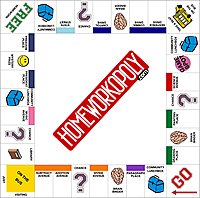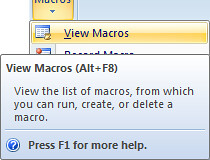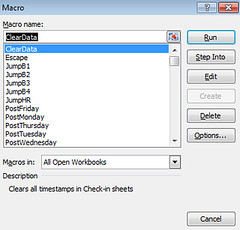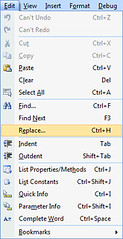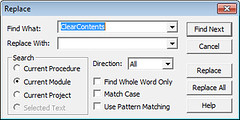In addition to teaching my classroom policies and procedures the first week of school, I also take time each day to get to know the learning needs of my students. I recently read The Handbook on Differentiated Instruction for Middle and High Schools by Sheryn Spencer Northey. This book contains several great ideas for learning about your students the first weeks of school. One of the activities highlighted in the handbook is called the What Kind of Fruit Are You? activity. In this activity, students fill out a worksheet with four columns - each representing a different fruit or personality type. The column with the highest total is their fruit. Once students are finished totaling their scores, I have them write their first name on a post-it note and place it on a the poster with their assigned fruit located somewhere in the room. I then use this information when placing students in cooperative groups - making sure I truly have a mix of different fruit within a group. Too many melons in one group for example would be a recipe for disaster!
Another activity from Northey's handbook is the Brain Scan Activity - a way to determine how many left and right brained students are in your classroom. For this activity, students are given a worksheet with words associated with left brain tendencies in one column and words associated with right brain tendencies in another. Students place a check mark next to all statements that apply to them. Students add up the checks on both sides and the side with the most checks is their dominant side. I have students write their first name on a colored sticker (a different color for each of my five class periods) to place on the Brain Scan poster. From this information, I can determine how many of my students have a left hemisphere style of learning:
- Responds to verbal instructions
- Problem solves by logically and sequentially looking at the parts of things
- Looks at differences
- Is planned and structured
- Prefers established, certain information
- Prefers talking and writing
- Prefers multiple choice tests
- Controls feelings
- Prefers ranked authority structures
- Responds to demonstrated instructions
- Problem solves with hunches, looking for patterns and configurations
- Looks at similarities
- Is fluid and spontaneous
- Prefers elusive, uncertain information
- Prefers drawing and manipulating objects
- Prefers open ended questions
- Free with feelings/emotional
In order to determine which students are auditory, kinesthetic, or visual learners, I have them complete the Learning Channel Preference activity. Students fill out a worksheet by reading each sentence carefully and considering whether or not it applies to them. Students then write the number on the blank to the left of the sentence. I use this information to determine how to adapt my classroom for the best learning environment possible. For my visual learners, I make sure there aren't any visual distractions in the classroom and display directions in addition to just verbally giving instructions. I also tend to color coordinate just about everything in my classroom - including the desks. For my auditory learners, I incorporate reading aloud or audio books and encourage spoken answers to questions rather than just written responses. For my kinesthetic learners, I incorporate movement around the classroom and often put a countdown clock on the SMART Board to keep these learners on task.
Finally, I give the students a Multiple Intelligences Checklist. I use the results to aid in choosing novels and writing prompts that appeal to each of the seven intelligences. In addition to collecting this data, I also administer interest, reading, and writing assessments. I truly believe that taking the time to get to know my students in this manner helps me not only to become familiar with my students' various learning styles, intelligences, and personality but also empowers me to create meaningful and effective lessons tailored to their individual needs.





